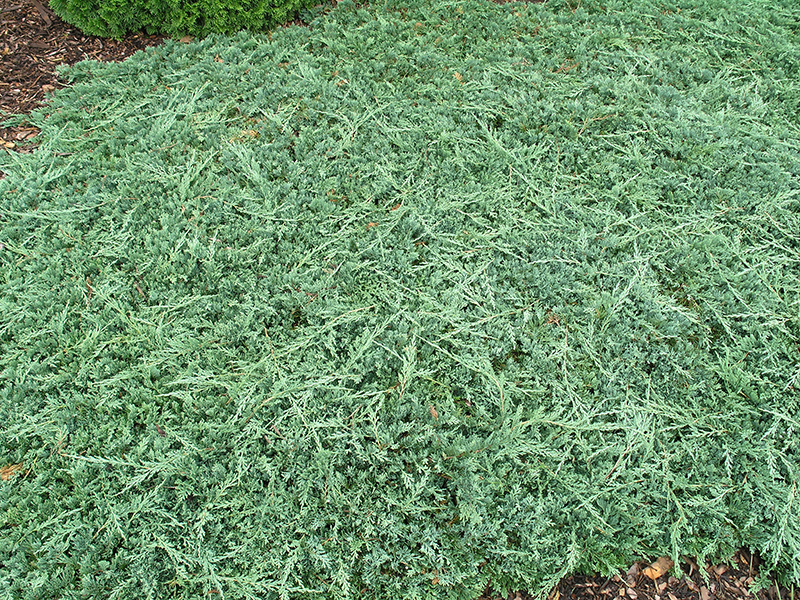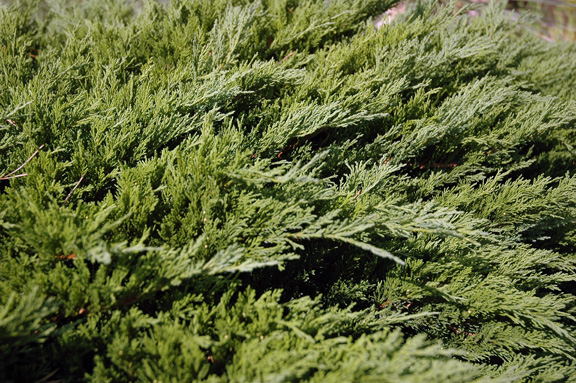
Woody > Juniperus > Juniperus scopulorum > Juniperus scopulorum
Juniperus scopulorum
Rocky Mountain Juniper
Origin: Native to Western North America.
Mike's
Opinion


"
This is a medium sized tree with a unique characteristic. It has several trunks, and the bark gives a shredding appearance that can add a unique quality to the landscape.
Michael Pascoe, NDP., ODH., CLT., MSc. (Plant Conservation)
"
| Family |
| Cupressaceae |
| Genus |
| Juniperus |
| Species |
| scopulorum |
| Category |
| Woody |
| Type |
| Tree (evergreen) |
| Pronunciation |
| USDA Hardiness Zone |
| 3–7 |
| Canadian Hardiness Zone |
| 3 |
| Temperature (°C) |
| -23-(-21) |
| Temperature (°F) |
| -10-(-5) |
| Height |
| 9–12 m |
| Spread |
| 1–4 m |
Photographs
Description and Growing Information
Flowering Period
| General Description |
| This Juniperus scopulorum has several main stems that are sturdy, spreading branches. It is great as a specimen tree, hedge and for a screen. |
| Landscape |
| This tree can be used as a specimen, screen, or mass plantings. Juniperus scopulorum can also be used as hedges and foundation plants. |
| Cultivation |
| It is tolerant of most conditions, doesn’t like wet soils or high humidity and prefers full sun. |
| Shape |
| Rounded or spreading form; this has a narrow, irregular conical shape, which opens when it is mature. The branches are somewhat vertical growing. |
| Growth |
| Medium |
| ID Characteristic |
| Scale-like leaves that are narrow, and the shape is a conical growth habit. Most have a bluish cast to the needles and closely pressed to the stem. |
| Pests |
| Susceptible to twig blight and juniper blights. It can serve as an alternate host to cedar-apple rust, and cankers can be a problem. |
| Habitat |
| Rocky Mountains from North America. Ranges from British Columbia to Northern Mexico. |
| Bark/Stem Description |
| Colour of bark is a reddish brown. Sometimes a grey shredding appearance occurs. |
| Flower/Leaf Bud Description |
| The bud is arranged in continuous form. The colour is similar to the tree, it is hard to distinguish the difference from the leaves. The size of the bud is 3 mm. |
| Leaf Description |
| The leaves are arranged in opposite decussate pairs, or occasionally in whorls of three; the adult leaves are scale-like, 1–2 mm long (to 5 mm on lead shoots) and 1–1.5 mm broad. The juvenile leaves, on young seedlings only, are needle-like, 5–10 mm. |
| Flower Description |
| This flower is usually dioecious. The colour for female ranges from red to green, and the male colour is yellow. |
| Fruit Description |
| The seed cones are berry-like, globose to bilobed, 6–9 mm in diameter, dark blue with a pale blue-white waxy bloom, and contain two seeds (rarely one or three); they are mature in about 18 months. The pollen cones are 2–4 mm long, and shed their pollen. |
| Colour Description |
| Summer foliage leaves are scale-like and the colour varies from a deep green to blue-green. There is no autumn colour. |
| Texture Description |
| It has a fine to medium texture. |
| Propagation |
| Cutting are made 5–15 cm long; they are cut from the new lateral growth tips stripped off older branches. Exposing the stock plants to several hard freezes seems to give better rooting. Using the terminal growth from the current season's growth also allows for good root growth. Late fall-winter propagation period is more successful than doing it in the summer. |

